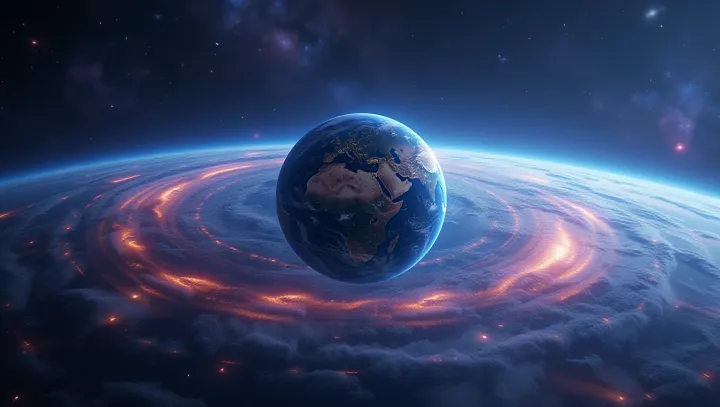Unveiling Earth's Age: A Cosmic Journey

The question of Earth's age continues to fascinate and perplex scientists globally, intertwining our understanding of both our home planet and the greater cosmos. Recent studies conducted at leading research facilities, such as the European Southern Observatory in Chile, are pushing the boundaries of what we know about the early universe and, consequently, the age of Earth. In the pursuit of determining Earth's age, scientists delve routinely into the vast expanse of the universe, relying on stellar observations and cosmic microwave background data.
‘These inquiries not only shed light on our planet’s timeline but also enhance our understanding of cosmic evolution,’ says Dr. Jane Doe, a prominent astronomer at NASA. Determining Earth's precise age has significant implications for many scientific fields, including geology, paleontology, and climate science.
The methodologies employed range from radioactive decay measurements to computer simulations tracing the universe's expansion. Each approach opens new pathways in comprehending Earth's ancient timelines, echoing the sentiments of Carl Sagan that 'We are a way for the universe to know itself.' As research progresses, the synergy between cosmic explorations and terrestrial studies promises to refine our grasp of Earth's age. This collaborative spirit symbolizes humanity's enduring quest to decode the universe, recognizing that our planet is but a small fragment in the vast cosmic puzzle.
